Learning hiragana(ひらがな) and basic Japanese words in 5 minutes
- 2019.07.31
- Learning Japanese
- Basic Japanese, Hiragana
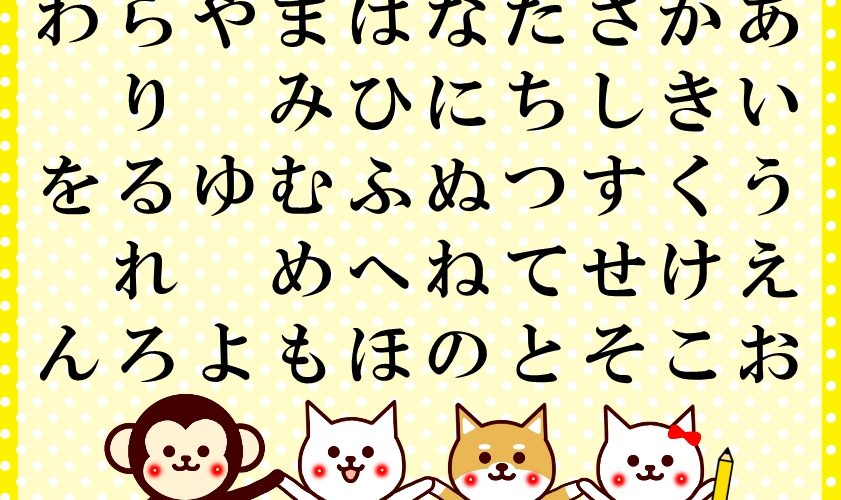
Hi(こんにちは), welcome to a beginner course of learning Japanese.
In recent years, Japanese cultures have attracted a lot of attention because of its foods and cultural heritages, and pop cultures such as Anime and Manga(Comics) and so on. In fact, the number of tourists to Japan is tripled in the last 5 years.
On the other hand, learning the Japanese language is often considered very difficult especially for westerners.
Surely, remembering a lot of Kanji(漢字)may needs hard work.
However, learning the Japanese language systematically would lessen your burden for mastering Japanese.
スポンサードサーチ
Learning hiragana(ひらがな) and basic Japanese words in 5 minutes
Basic knowledge about the Japanese language
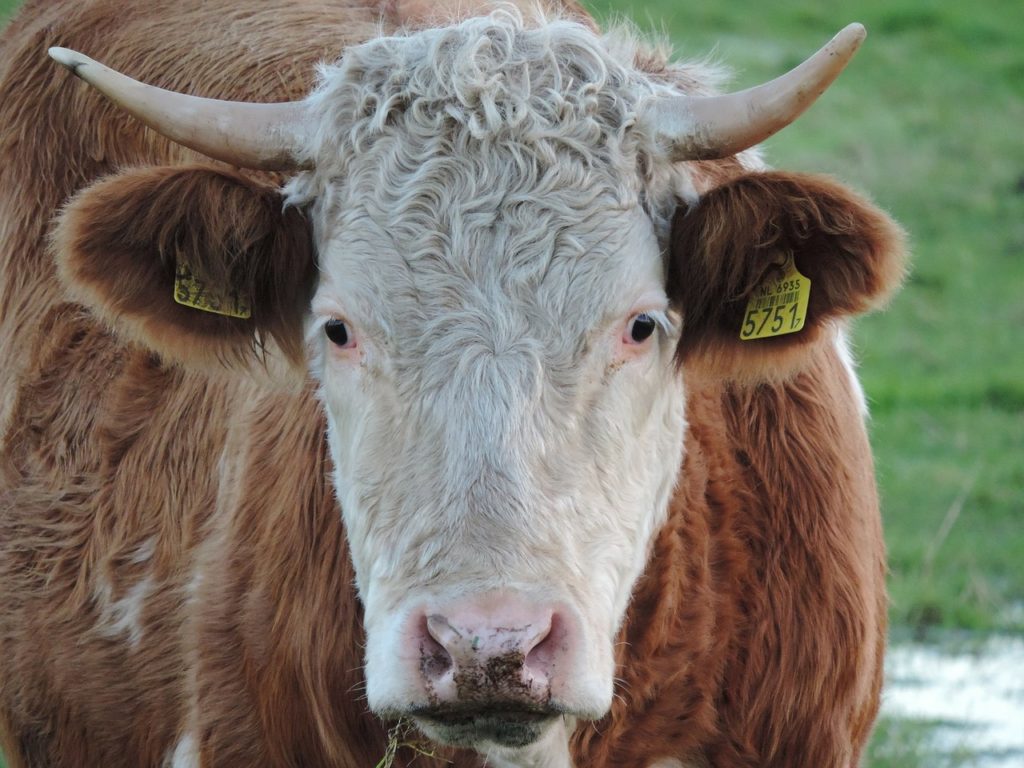
If you are an absolute beginner of the Japanese language and do not know where to start, this post is for you. In your case, you should learn to read Hiragana(ひらがな).
Even if you have zero knowledge about the Japanese language, after reading this article, you can become to read and understand some basic Japanese words.
The Japanese language is composed of 3 types of characters, Hiragana, Katakana, and Kanji.
Hiragana(ひらがな) is nearly equal to the English alphabet. It is taught at the very beginning in Japanese elementary schools.
Basically, hiragana(ひらがな) consists of 5 vowels and 40 consonant-vowel unions and 1 consonant.
The Quickest way to remembering Hiragana(ひらがな) with Gojuon
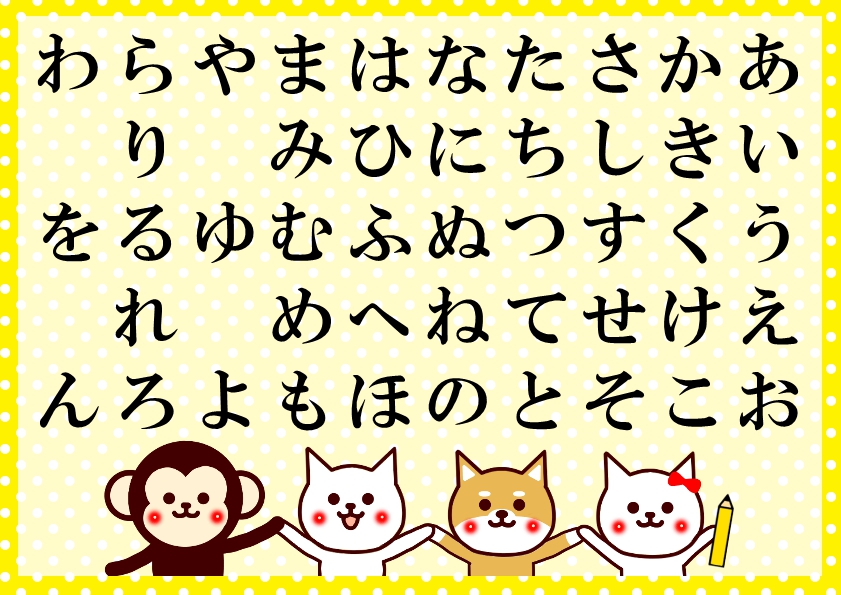
According to the chart above called Gojuon(ごじゅうおん), literally meaning 50 sounds, hiragana(ひらがな) starts from 5 vowels
あ い う え お
“a” “i” “u” “e” “o”
and finishes with the last consonant ん ”n”. Understanding the Gojuon system makes learning Japanese a lot easier for the very beginner of Japanese learners.
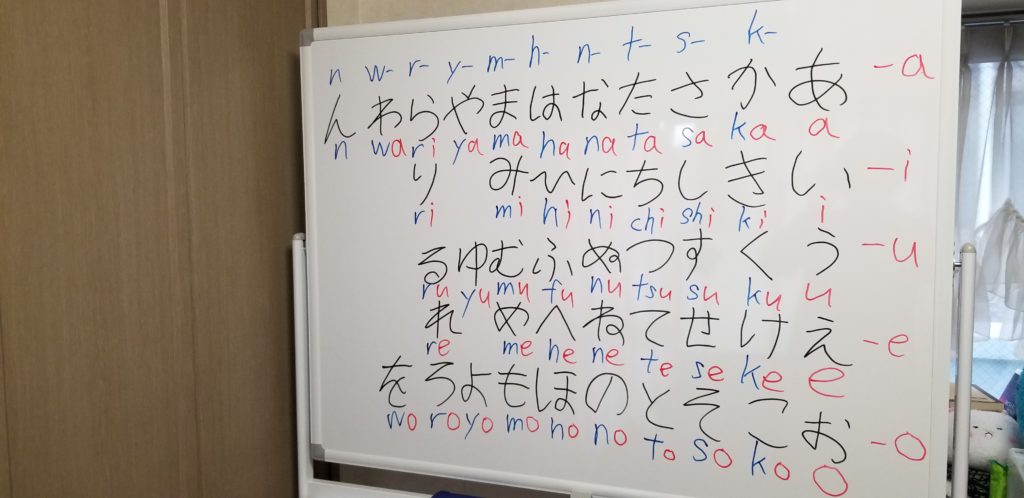
You might be confused about where to start reading the Gojuon chart.
Well, Japanese(にほんご) is traditionally written vertically. In fact, most of the Japanese novels are put down as such.
Therefore, Japanese people read this chart from the top-down and the rightmost column, and then to the left.
Except for the first and the last column, simply combining a consonant and a vowel makes each hiragana. For instance, か(ka)consists of consonant “k” and vowel “a”.
Although there are some exceptions such as し(shi)、ち(chi)、つ(tsu)、ふ(fu), the rests are easy to memorize by remembering Gojuon.
On the other hand, the Japanese language can also be written down horizontally as well.
For instance, most of the Japanese websites and business documents are written in parallel. So, you do not have to worry about it.
Some Basic Japanese words using Hiragana
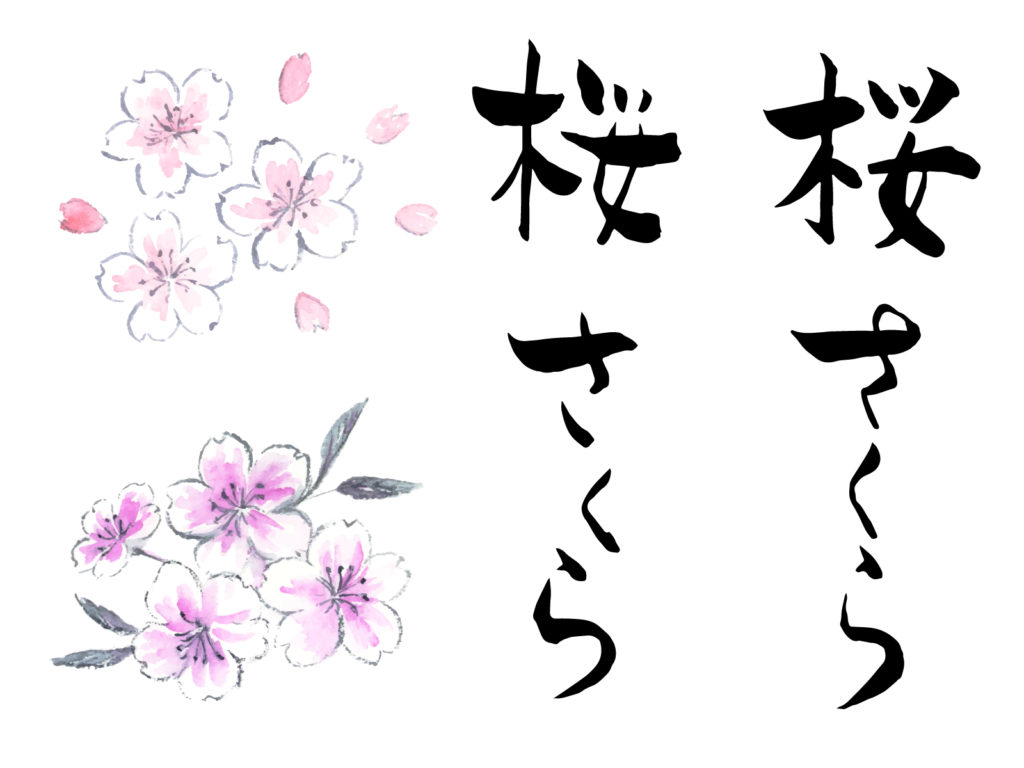
Now that, you can already describe many of the Japanese words simply connecting hiragana.
Let me give you some example,
あい(愛) means “love” in Japanese.
あした(明日)means “tomorrow”.
あほ means “idiot”.
かみ(神)means “the god“.
さくら(桜)means “cherry blossom“.
さかな(魚) means “fish“.
にく(肉)means “meat“.
またね means “see you“.
That’s all for today. Thank you for reading this post until the end.
Please let me know if you have any questions.
またね!
-
前の記事
記事がありません
-
次の記事
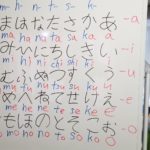
Learning hiragana(ひらがな) and Japanese words from scratch (movie) 2019.08.02